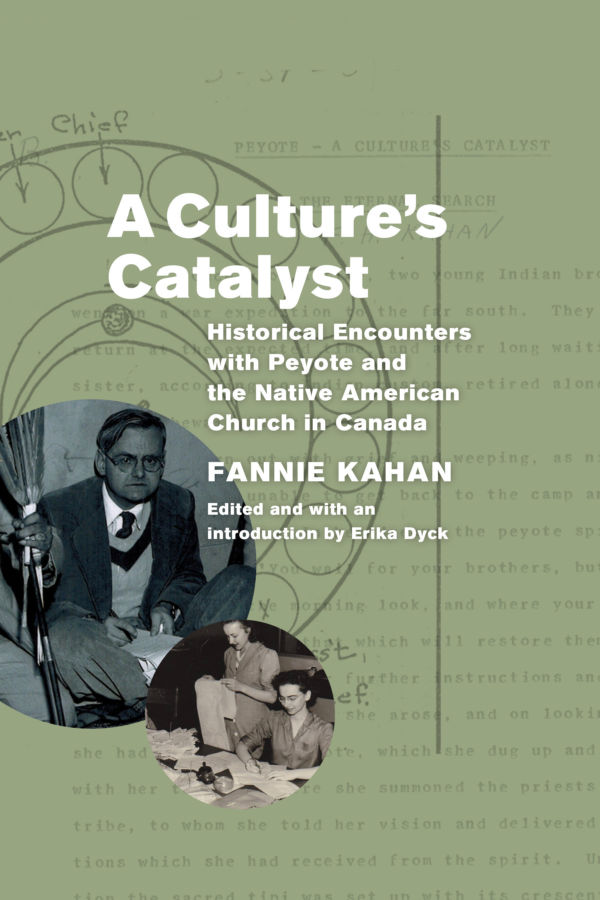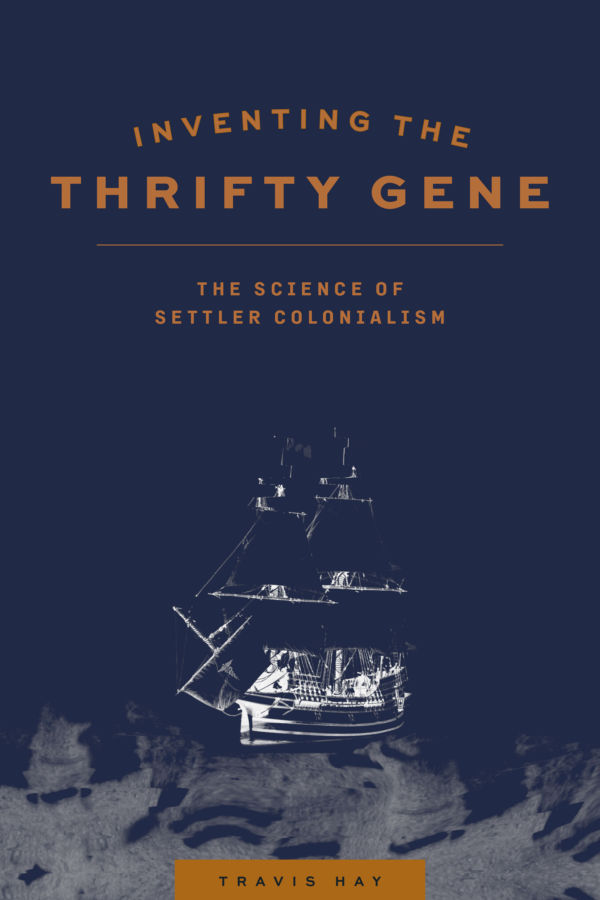Overview
In 1956, pioneering psychedelic researchers Abram Hoffer and Humphry Osmond were invited to join members of the Red Pheasant First Nation near North Battleford, Saskatchewan, to participate in a peyote ceremony hosted by the Native American Church of Canada.
Inspired by their experience, they wrote a series of essays explaining and defending the consumption of peyote and the practice of peyotism. They enlisted the help of Hoffer’s sister, journalist Fannie Kahan, and worked closely with her to document the religious ceremony and write a history of peyote, culminating in a defense of its use as a healing and spiritual agent.
Although the text shows its mid-century origins, with dated language and at times uncritical analysis, it advocates for Indigenous legal, political, and religious rights and offers important insights into how psychedelic researchers, who were themselves embattled in debates over the value of spirituality in medicine, interpreted the peyote ceremony. Ultimately, they championed peyotism as a spiritual practice that they believed held distinct cultural benefits.
A Culture’s Catalyst revives a historical debate. Revisiting it now encourages us to reconsider how peyote has been understood and how its appearance in the 1950s tested Native-newcomer relations and the Canadian government’s attitudes toward Indigenous religious and cultural practices.
Reviews
“A fascinating glimpse of psychiatry’s encounter with peyote and First Nations cultures, Fannie Kahan’s A Culture’s Catalyst is by turns patronizing and sympathetic, supportive and paternalistic. On one level Kahan’s collection of essays by cutting-edge mental health experts is both a critique of colonialism and a defense of their own embrace of psychoactive treatments. On a deeper level it is an intriguing illustration of First Nations’ savvy appropriation of elite power and influence to protect cultural and religious rites. It will definitely find a place on my bookshelf and syllabus.”
Maureen Lux, Department of History, Brock University
“An extraordinary and unreservedly recommended study.”
Helen Dumont, Midwest Book Review
About the Authors
Table of Contents
Introduction
Ch. 1 Peyote—A Culture’s Catalyst: The Eternal Search
Ch. 2 The Great Bastion
Ch. 3 The Struggle for Peyote
Ch. 4 The Spiritual Herb
Ch. 5 Night in the Tipi
Ch. 6 The Psychedelic Experience in the Native American Church
Ch. 7 Peyote Ceremony and Jungian Archetypes
Ch. 8 Peyote: A Sacrament by Medical Prescription






